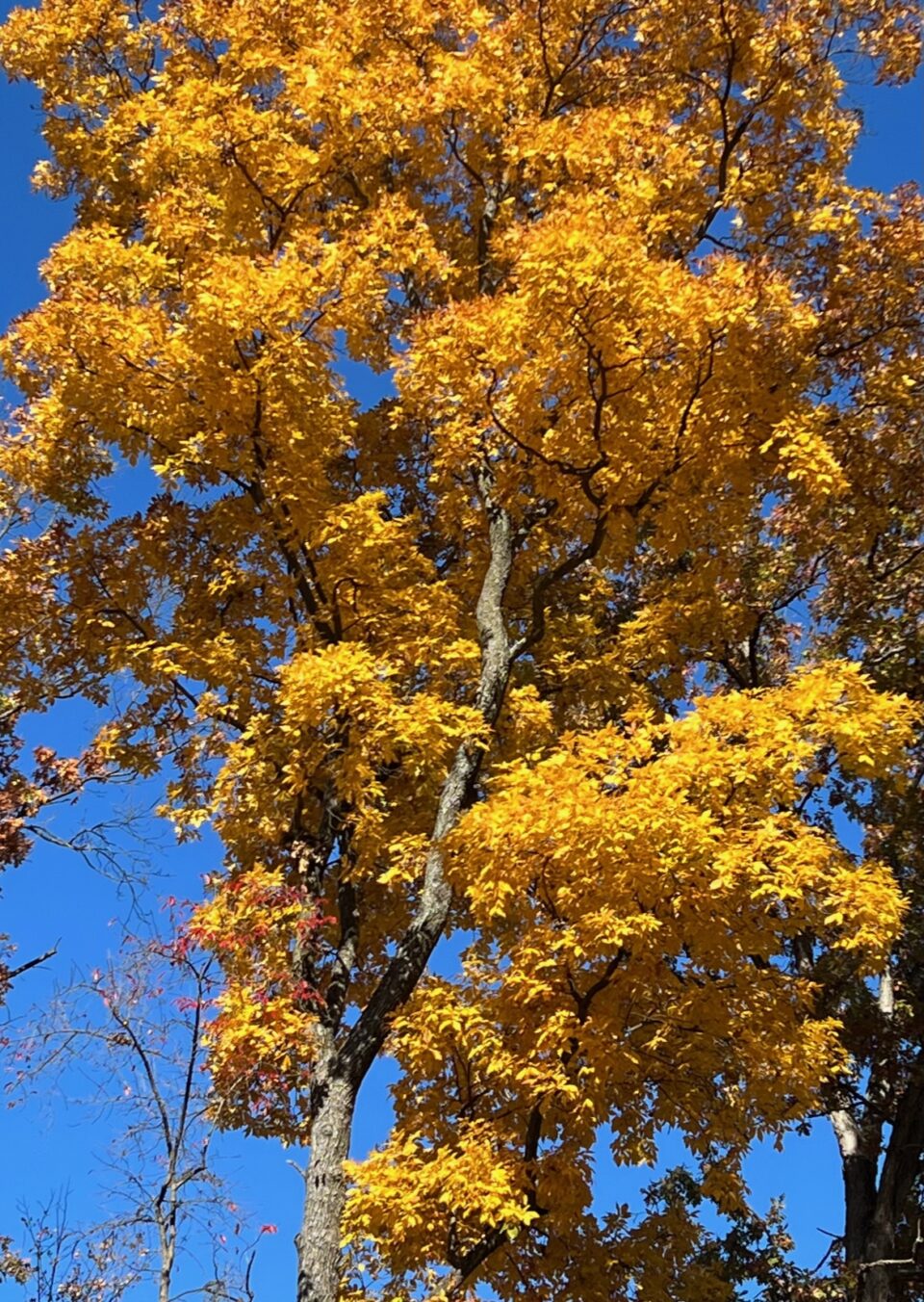Professional Tree Trimming & Cutting Service
After 40+ years in the tree trimming & cutting business, repeat customers and referrals are both still the main ways that our company obtains more work. It is so important to do quality work. It is equally important to provide outstanding customer service. An effective company will communicate with its customers in all aspects of the process. Ethics, including being honest in everything that we do is critical. A company that stands behind their work is integral. For example, taking ownership of a damage, and repairing it promptly. Staying true to the pricing and the original contract is also very important.
What do I look for in a tree trimming company?
You know that you are working with a good organization if the company is:
- fully insured with workman’s compensation and liability – ask for their certificate of insurance and make sure its $1,000,000+
- licensed in the city and/or state to do business
- have certified arborists on staff – through the ISA (International Society of Arborculture)
Is the company a TCIA (Tree Care Industry Association) Accredited Tree Care Company? So why is it good to hire an accredited company? Because they are held to a high standard. For example, the TCIA audits us once every 3 years. The audit process is relatively extensive in safety, proper pruning methods, financial stability, and much more. Site visits occur to ensure employees wear proper PPE, and crews work safely per ANSI industry standards.
A beautiful Hickory tree with its gorgeous fall color
Tree Pruning methods
There are ANSI A300 standards for pruning trees. The standards ensure proper and professional tree cutting services. There are 4 main types of pruning, they are:
- Crown Cleaning
- Crown Thinning
- Crown Reduce
- Crown Raise
An arborist can explain these types of pruning during an estimate. Our job as arborists is to provide an overall assessment of our customer’s trees. Safety is our first priority. The last thing a customer wants is a pushy salesman! Our goal is to not have our customers spend money unless it is necessary. Daily, we try to give advise as if it were our property and our trees. I find myself saying quite often, “If I lived here, this is what I would do.” Some common pruning examples are pruning the deadwood, diseased or dying/rubbing limbs, lightly thinning for airflow or more sunlight, reducing or raising the canopy, and clearing limbs from objects like houses.
Proper pruning cuts are important for the health of a tree. Cut just outside the branch collar. Do not paint the cuts or cover them up, it is best to leave them open. We do not recommend topping trees. It alters the branch integrity and actually weakens the tree in the long run. There are good alternatives to ‘topping’ trees. A proper crown reduction will get a similar result, but will not hurt the tree. A tree’s species makes a difference to how much cutting should be pruned, however, it is not recommended to cut more than 20% of a tree’s live canopy.
When do you want to prune your trees?
This is a common question and the answer can vary. For most trees, it is just fine to prune a tree anytime of the year. Winter is a great time to prune trees, since trees are dormant. We can still identify dead limbs even when the leaves are gone! You will likely want to be more careful about when to cut flowering trees, so you can enjoy the flower bloom in the Spring. Our arborists at JL Tree Service can go over the pruning details with you. JL Tree Service provides free estimates and can provide valuable advise pertaining to your trees.
